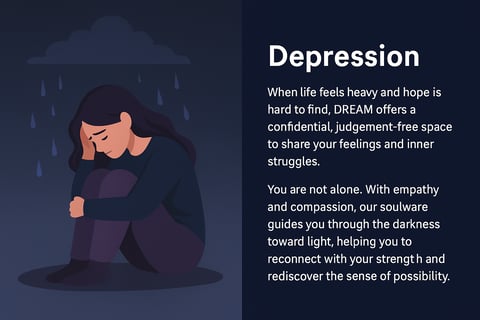Level 1 - Cognitive Behavioral Therapy (CBT) Principles


Top 10 Cognitive Behavioral Therapy (CBT) Principles
These principles form the foundation of CBT, designed to help individuals identify, challenge, and change unhelpful thoughts and behaviors to improve emotional well-being.
1️⃣ Thoughts Influence Feelings and Behaviors
Recognize the cognitive triad: thoughts → feelings → behaviors.
Understand how automatic thoughts drive emotional reactions and actions.
2️⃣ Identify Cognitive Distortions
Learn to spot common distortions, such as catastrophizing, black-and-white thinking, and overgeneralization.
Understand how these distortions negatively impact emotions and decision-making.
3️⃣ Challenge Negative Thoughts
Examine the evidence for and against unhelpful thoughts.
Practice reframing by considering alternative, more balanced perspectives.
4️⃣ Develop Problem-Solving Skills
Break problems down into manageable steps.
Learn structured problem-solving techniques to reduce avoidance and overwhelm.
5️⃣ Progressive Exposure to Fears
Implement gradual exposure therapy to reduce anxiety step by step.
Replace avoidance behaviors with confidence-building experiences.
6️⃣ Behavioral Experiments
Test assumptions by actively trying new behaviors.
Gather real-world evidence to confirm or disprove negative beliefs.
7️⃣ Set Realistic, Measurable Goals
Define SMART goals (Specific, Measurable, Achievable, Relevant, Time-bound).
Celebrate small wins to build motivation and self-efficacy.
8️⃣ Track Progress and Reflect
Keep a thought diary or mood journal.
Identify patterns in thoughts, emotions, and behaviors over time.
9️⃣ Enhance Emotional Regulation
Learn mindfulness, deep breathing, and progressive muscle relaxation.
Implement emotion regulation strategies to maintain balance.
🔟 Build Resilience and Self-Efficacy
Strengthen self-confidence by acknowledging past successes.
Shift focus from failure to learning opportunities.
© 2025. DREAMHEALER.ORG All rights reserved.
